What is a Buddha ? The disciple asks.
It’s a three pound turnip, answers the master.
In our quest for a spiritual Chan painting tradition, we should try to look at its spiritual aspect – the inner experience. In daily language, the terms ‘religion’ and ‘spirituality’ are often used as synonymous despite the fact that they are clearly different. Generally speaking, religion could be defined as “a system of norms and human values based on the faith in the existence of a superhuman order.”[1]
Religion is generally based on revealed texts, dogmas and faith, whereas spirituality is foremost an intimate transcendental experience which may or may not be linked to an established religion. Spirituality emphasizes the recognition of one’s inner nature (beyond the known and the tangible) and the ontology of all things, a personal development towards an awakening of consciousness, a quest for sacred or ultimate meaning which does not (necessarily) need a god or church. Therefore, the formulation ‘spiritual but not religious’, which probably suits a great number of people in today’s secular world.
To investigate further, let’s look at the stages of human development as generally accepted today by scholars of modern sciences, including neurobiology, from Piaget to Sri Aurobindo, from Maslow to Fowler and masterly synthesised by Ken Wilber and his teams at the Integral Vision.[2]
The Pre-rational stages
During the first pre-rational and inclusive stages of human development – archaic, animist, magic, mythic and religious – truth is a system of creeds towards natural entities, supra-natural or magical forces or gods, or towards a mythical god, eventually creator, anthropomorphic and ethnocentric. This includes all major poly- and monotheistic religions.
These ethnocentric and sectarian systems considers that laws are not the result of human whim but are ordered by a supra-human absolute authority. Even Buddhism, and Taoism, despite being based on natural laws – dharma – did not eradicate, in their popular forms, archaic and magical believes. As a result of these narrow and sectarian views, religions which might have led to higher states of consciousness and are obvious paths of liberation – as well as the greatest providers of art and beauty of all times – have also been the worst causes of suffering, violence and wars. This is clear after opening any newspaper on any day to see that no religion can escape this truth.
Science and reason
When Theism – ‘Everything is a manifestation of divine will’[3] – cannot explain suffering, famine, war, epidemics or cataclysms, it becomes Deism: ‘Of course God exists, but humanity is free and whatever occurs is just the result of this freedom upon which the divine power does not interfere.’ Such was Descartes’ theological position as well as Einstein’s[4]. Dualism, separating mind and body, subject and object, gave the right to freedom to the individual and, through empirical observation of the object, birth to scientific rational thinking. This era of Reason, the ‘’Lights’’, produced amazing ways to reduce hunger, suffering and diseases, unmatched since the origins of time, despite the fact that, like religions, sciences have been used to harm as well. Today’s global, irreversible environmental destruction and misuse of our natural resources, are examples of the maxim, ’Science without conscience is but the ruin of the soul’ — which basically defines the dangers of today’s technological materialism.
This rational approach seems at first totally against all religious thoughts and to have eradicated God from the picture.[5] Here scientific truth is empirical, it can be quantified and verified through experimentation. As one of my physicist friends puts it: ‘Absolute truth? It’s the law of gravity, Stupid!’
Transpersonal or Post-rational Stages
While religion and spirituality were looking like relics of an archaic world and science appeared to be the definite, absolute and universal language, appeared a third stage of human development, called post-rational, integral or spiritual that is based on the development of a transcendental rational consciousness. Through the rational experience of the world, this consciousness frees itself from the ancient coating of myths and dogmas to include vast, new open levels of awareness, mindfulness and universal compassion.[6] Here, absolute truth is defined in terms of Being, Emptiness, non-duality, a pure and infinite transcendental Self, a conscience as it is, open, radiant, limitless, beyond words, but as simple and evident as the person reading these lines, the song of a bird chatting outside on a branch, or, as a Chan Master would put it, as a few kakis or a three pound turnip!
These three fundamental stages with five levels of consciousness – archaic, magic, mythic, rational and integral – are inclusive, like the progression that goes from atoms to molecules, from cells to organisms, as well as permanent[7]. This means that they cannot be reached by chance or by accident even though, through spiritual exercises, ascetics practices – or even magic mushrooms – one can temporarily experience spiritual states, like universal love or a ‘I am each and every thing’, i.e. the non-dualistic states of consciousness of any of these levels.
The accessibility of all great traditions today, without falling into reductionism, shows that all describe meditative states have nothing to do with the institutional religion of our grandparents nor of certain groups of extreme religious fundamentalists. These states of deep awareness, of subtle clear light, non-formal or causal or non-dual realization are usually the result of serious contemplative practices.[8]
Unfortunately, these spiritual, post-rational states, as found in the great mystics for example, are often reduced to religious pre-rational phenomena since they are both non-conventional and use similar terminology. We speak about the same mountain — but the mountain of the beginning and the mountain of the end should not be mistaken.
Let me quote a personal – and recurrent – experience which I think illustrates this confusion: when discussing the direct vivid experience of the true nature of the mind, non-dual compassion or deep meditative experiences with practicing Catholics, after long minutes of reflection and heavy sighs, they often shoot their final arrow, the ultimate argument to knock down the dragon of someone who has no idea of which spiritual reality you are talking about: ‘’ Yes, but Buddhism is not a religion, it’s an art of living!’’ To be classified with the art of table setting, crossword puzzles or the skill of accommodating left-overs, I suppose! But there are right, this spiritual approach has no specific home in any religion or culture. Rather every religion and culture is home to this ultimate spirituality, its existential reality is the same despite being labeled differently in different human contexts. As one of my old psychiatrist friend and mentor used to say: ‘’In the religious approach, gods and demons are outside. In the Western, psychological view, they are inside indeed — but one still has to deal with them all the same!’’
In fact, since the 1960s, Sri Aurobindo, Krishnamurti, D.T. Suzuki, Ram Dass and Chogyam Trungpa, among many others, were active participants in this latest movement to separate spirituality from the core of mainstream religion. In the synthetic words of Ken Wilber, the term spirituality “combines today Eastern Awakening which brings out higher states of consciousness and Western Awakening which offers a psychodynamic approach and a psychology of development, each being a key component for a more integral spirituality.”
[1] According to Harari Y.N.: Sapiens, a short history of humanity.
[2] Wilber K.: Integral Spirituality, Integral Books, Boston 2007. The Integral Vision is a theological summation on human development and its spiritual dimension.
[3] Or in Saint Paul’s formulation: ‘’All powers come from God’.
[4] ‘’I believe in Spinoza’s God revealed in the harmony of all existant things, not in a God concerned by the destininy and cactions of humans.’’
[5] It is to be noted that the Greek Epicure, and Lucrecia after him, had offered since 20 centuries a materialist and atomist reading of the world.
[6] – Ken Wilber
[7] We are mentioning 5 levels of development, but there are other psychological models of 8 or 12 levels. Yoga for example speaks of 7 Chakras. The point is not divisions and numbers but the inclusive progression of these states.
[8] See Appendix. There is much research and writings on these topics. One can check Matthieu Ricard’s research on meditators’ EKG in deep meditative absorption or the dialogue between the Dalaï Lama and neurobiologists in ‘Mind & Science’ series, for example.
[9] From ‘’us’’ (me and my family, my country, my people, etc.), this neologism is the level of “us all”, i.e., the experience of the common good of all beings and this experience is spiritual. See Wilber.



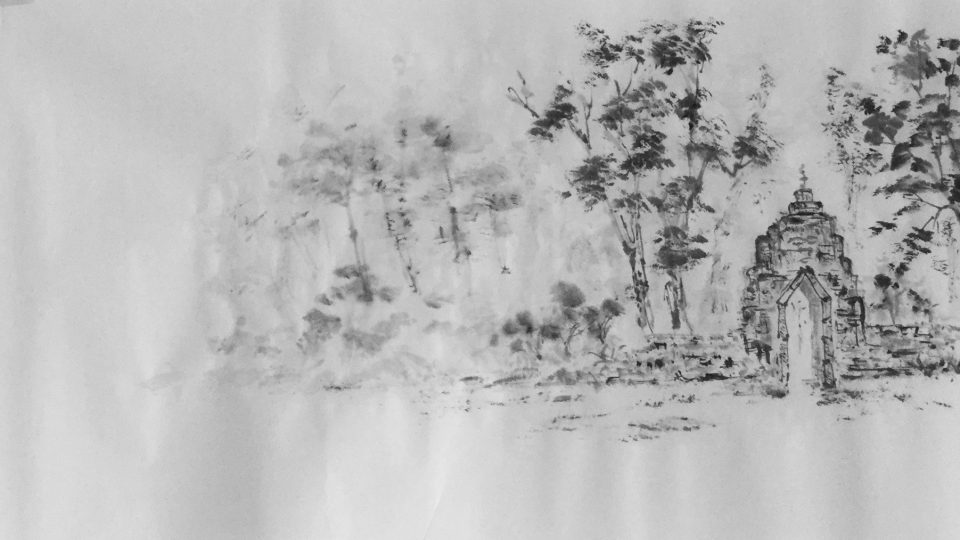
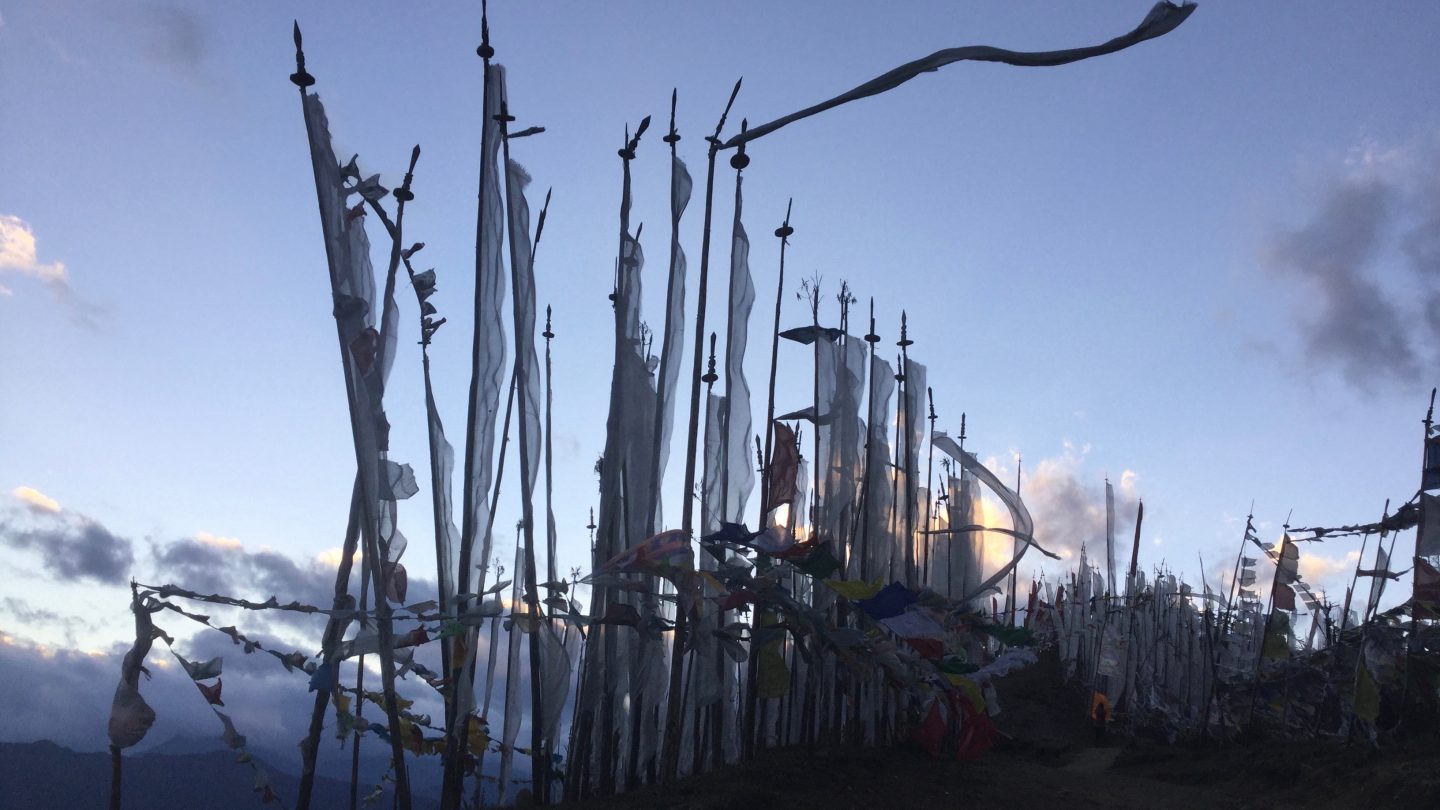
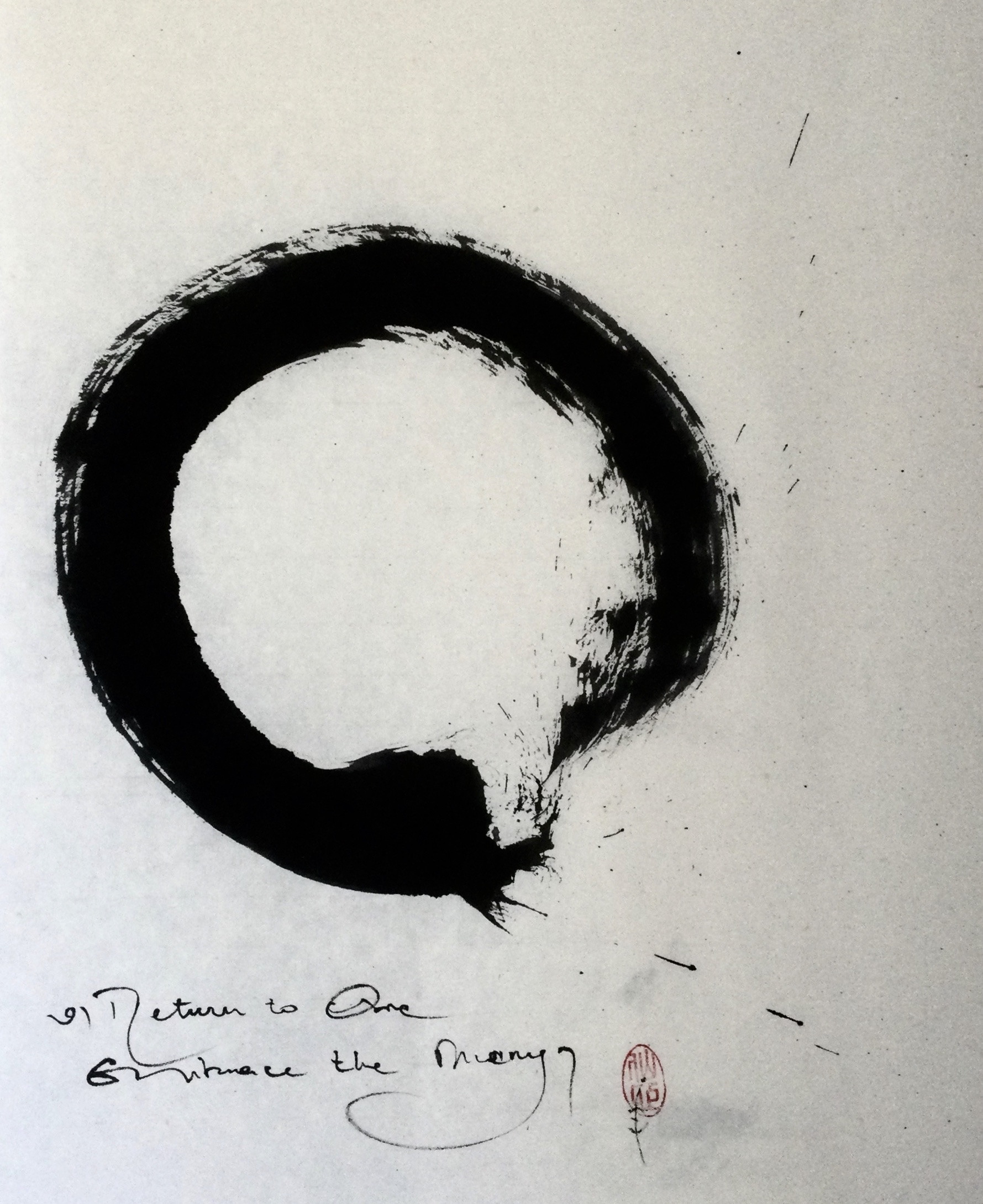
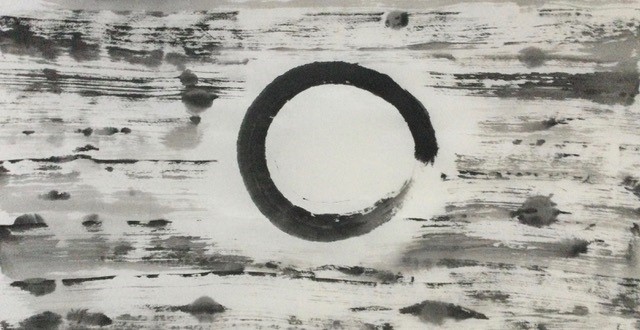

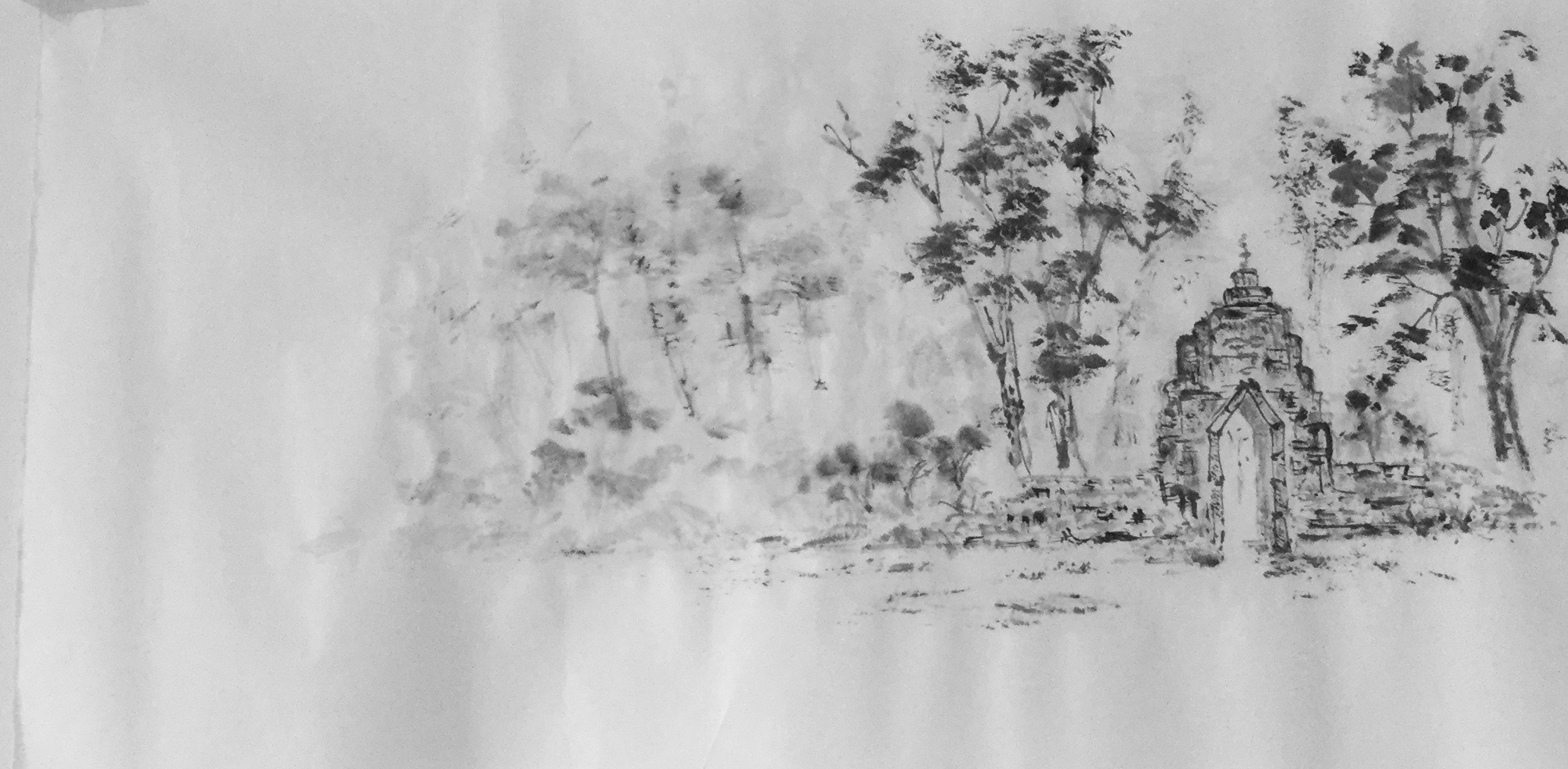
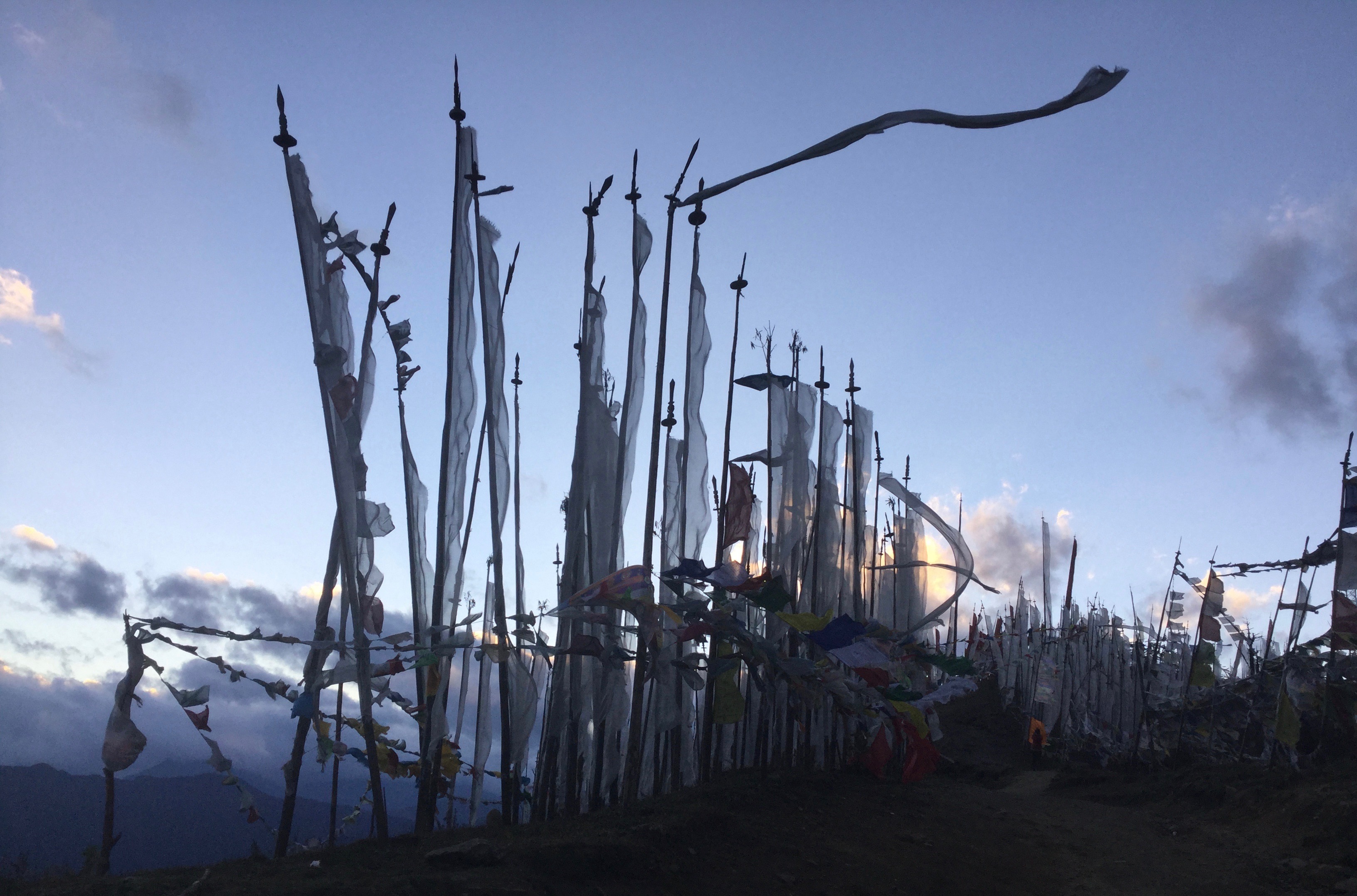

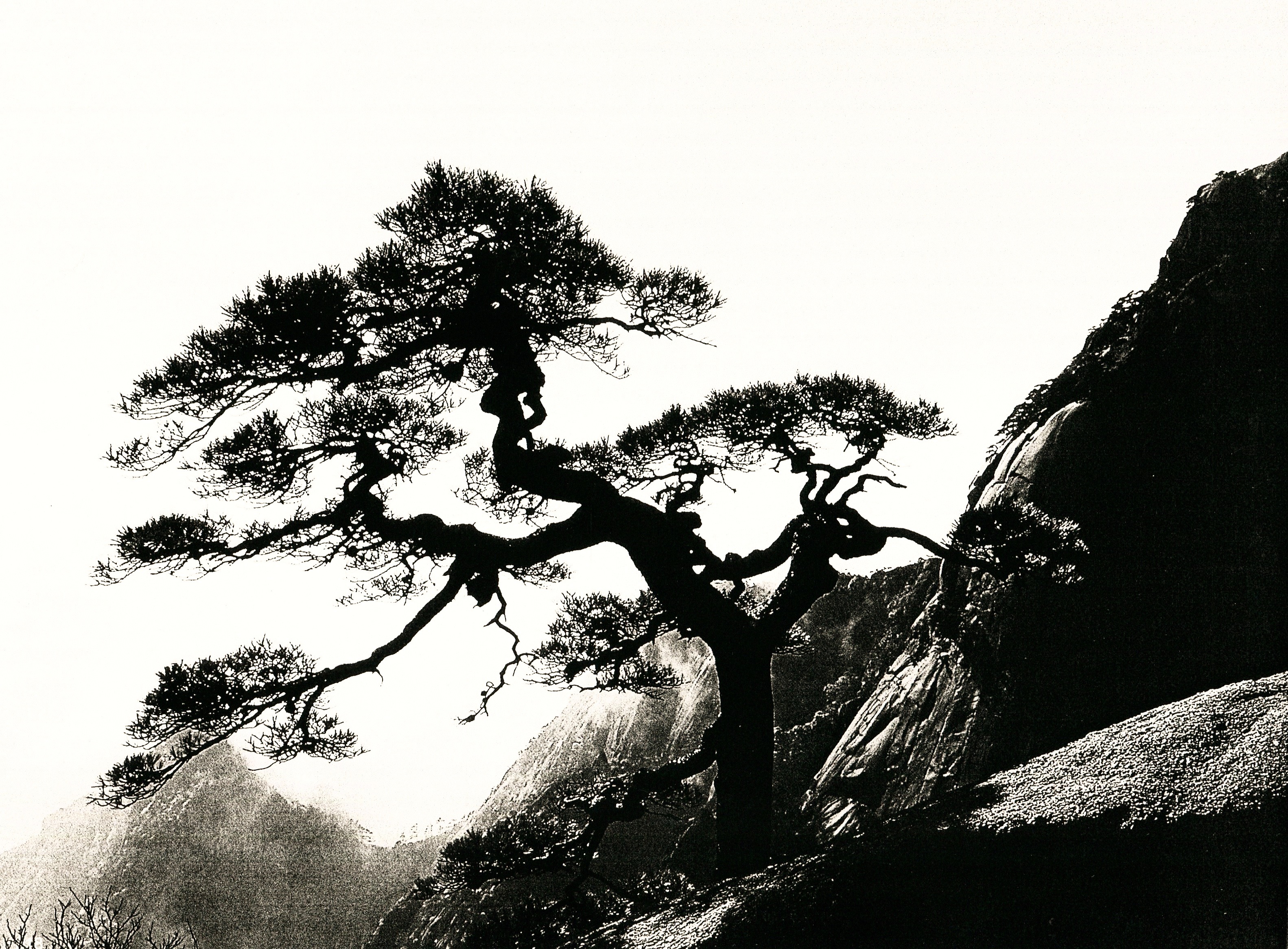
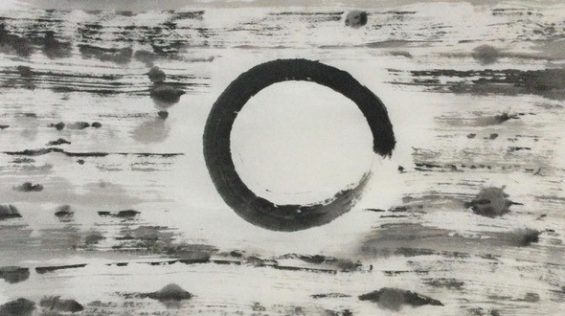


Comments (0)
Leave a reply